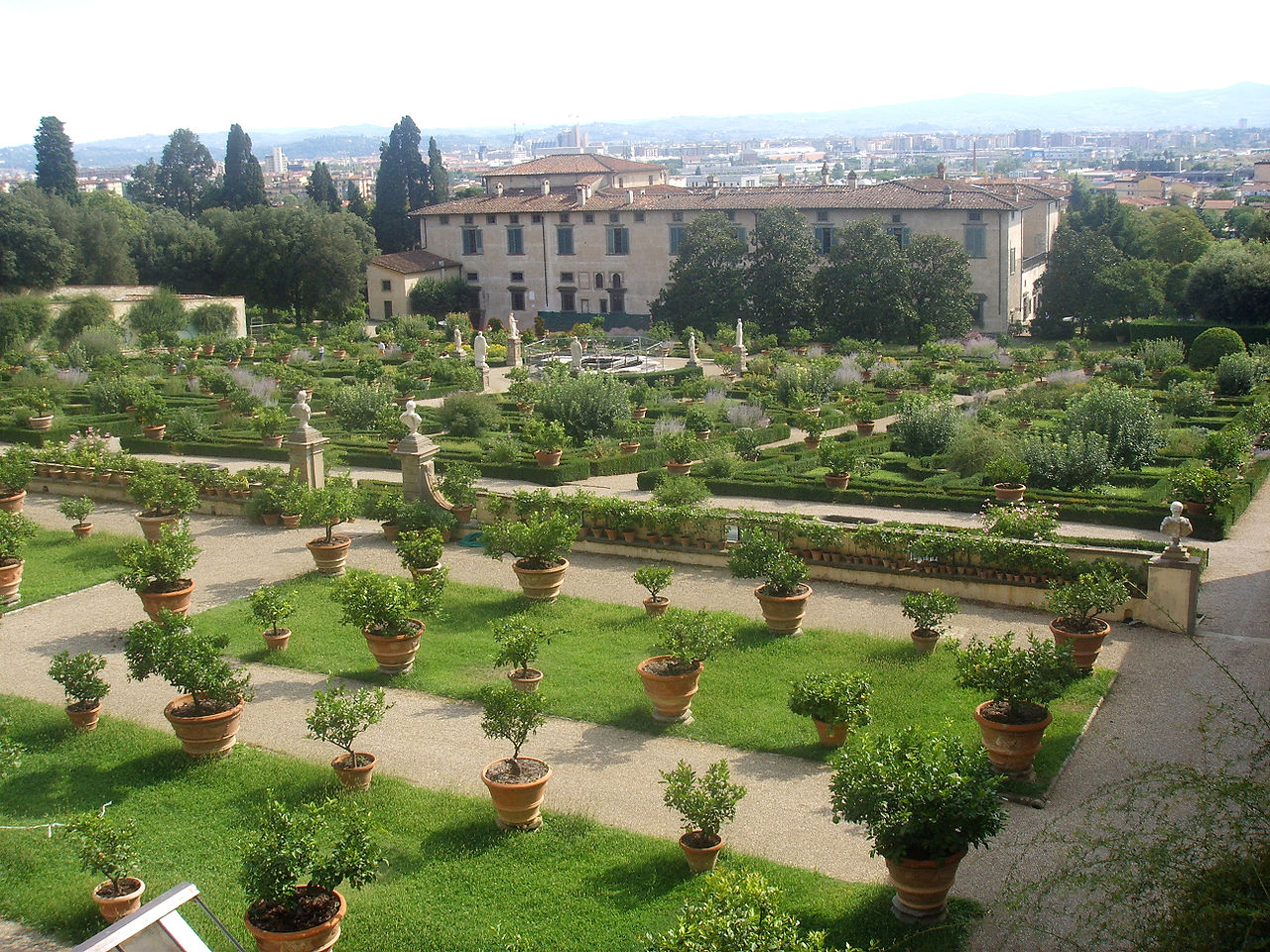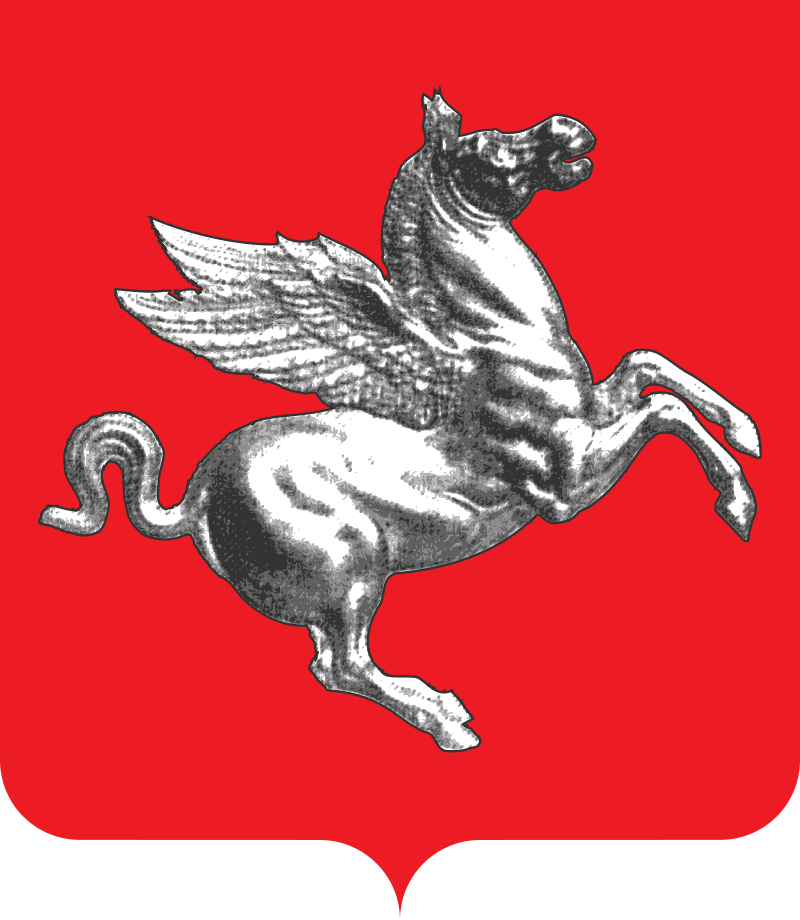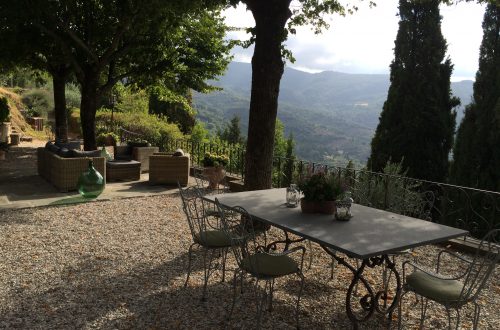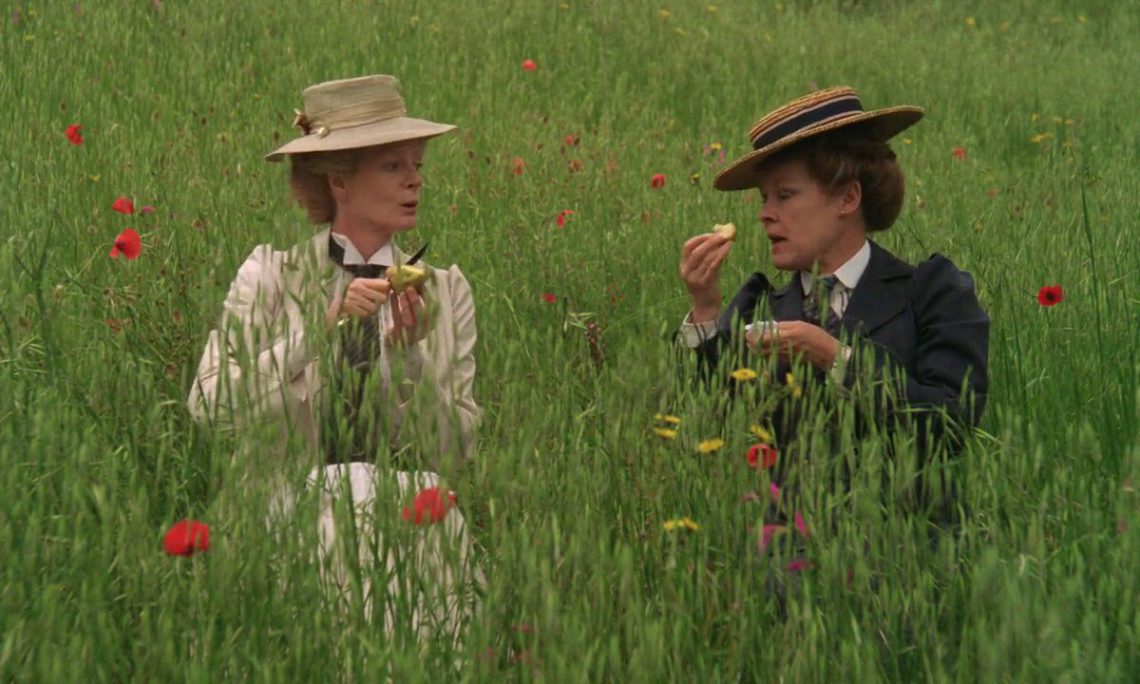
Films in Tuscany: A Calm Surface, an Inner Rawness
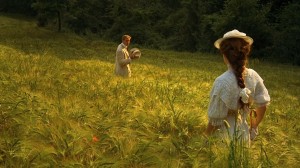 Edited by Alberto Zambenedetti, contributors to this World Film Locations: Florence anthology look at some of the very best of the hundreds of films shot in Florence and the role the city itself plays in these films. As Zambeneddetti explains in his introduction, directors have generally taken two approaches when filming in Florence: “some have been so enamored with its calm, glistening surface that they have not attempted to get to its core, its inner rawness, its violent past,” while “others have tried to engage its mystery, scratching the glossy patina and finding beauty in its troubled history.”
Edited by Alberto Zambenedetti, contributors to this World Film Locations: Florence anthology look at some of the very best of the hundreds of films shot in Florence and the role the city itself plays in these films. As Zambeneddetti explains in his introduction, directors have generally taken two approaches when filming in Florence: “some have been so enamored with its calm, glistening surface that they have not attempted to get to its core, its inner rawness, its violent past,” while “others have tried to engage its mystery, scratching the glossy patina and finding beauty in its troubled history.”
For most of the world, Florence is known through the eyes of a tourist, and in the opening essay, “Views From the Grand Tour(ist)”, Eleanor Andrews examines the city from the perspective of a tourist. She looks at A Room With a View (1985) The Portrait of a Lady (1996) and Tea With Mussolini (1999). The protagonists in all three of these films are Englishwomen who are visiting Florence. As Andrews points out, their time spent in the city highlights the differences between English and Italian culture, specifically the Anglo-Saxon stereotypes of Italian culture.
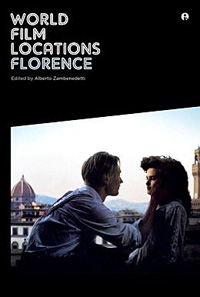 Anglo-Saxon stereotypes of Italy, and Florence in particular, are often rooted in ideals surrounding the Renaissance. In “Florentine Artists on Film”, Nathaniel J. Donahue looks at how this legendary time period that marks perhaps mankind’s greatest explosion of creative energy has been represented in film. He writes of how even today the Florentine cityscape evokes what we imagine the Renaissance to have been like, and how movies have long taken advantage of this timeless setting to tell the stories of the era’s greatest figures, Michelangelo and Leonardo da Vinci, in films like The Agony and the Ecstasy (1965) and television series like Da Vinci’s Demons (2013).
Anglo-Saxon stereotypes of Italy, and Florence in particular, are often rooted in ideals surrounding the Renaissance. In “Florentine Artists on Film”, Nathaniel J. Donahue looks at how this legendary time period that marks perhaps mankind’s greatest explosion of creative energy has been represented in film. He writes of how even today the Florentine cityscape evokes what we imagine the Renaissance to have been like, and how movies have long taken advantage of this timeless setting to tell the stories of the era’s greatest figures, Michelangelo and Leonardo da Vinci, in films like The Agony and the Ecstasy (1965) and television series like Da Vinci’s Demons (2013).
But in spite of Florence’s timeless, Renaissance evoking setting, there’s a darker side to the city that contrasts the artistic beauty that it’s so well known for. Not only does the infamous serial killer, Hannibal Lector, choose Florence as his hideout in Hannibal (2001), the sequel to The Silence of the Lambs (1991), but as as Dom Holdaway writes in his essay, “Florence After Dark”, the city’s dark side has a long history, “one of embittered political fighting and religious repressions during the Middle Ages, political assassinations during the reign of the Medici… through to wars and fights for independence with several European nations and infamous bloodshed at the hands of the ‘Monster of Florence’ more recently.” Holdaway’s essay outlines the films that have exposed this underbelly of Florence, including those that present historical representations of the city, satiric attacks of its policies, and dark perspectives from outsiders.
With “Rolling Hills, Scorching Sun”, Pasquale Iannone reminds us that Florence is located in the heart of the beautiful Tuscany landscape that has inspired “hundreds if not thousands of filmmakers who have since the very beginnings of cinema been drew an to its timeless beauty.” Some of the more prominent films that have fed off the beautiful outdoor landscapes surrounding Florence include The Lovemakers (1961), The Taming of the Shrew (1967), Stealing Beauty (1996), and The English Patient (1997). Iannone writes of how in some of these films the landscape “is charged with poetic and symbolic significance” that often overshadows the characters that spot it.
If the Tuscany landscape surrounding Florence sometimes overshadows a film’s characters, the Tuscan food complements them. As Brendan Hennessey writes in “Bread, Wine and Celluloid”, the food of this region and the eating of it is often “carries distinct symbolic, metaphysical and spiritual values.” The food eaten in Florence, according to Hennessey, is an emblem of the “joy, anxiety, desire and deprivation experienced by its people”, and many filmmakers have used food imagery to express both the emotions and motivations of their main characters. Hennessey goes on to provide some examples from films like The Bicycle Thieves (1948), La dolce vita (1960), and Under the Tuscan Sun (2003). Most of the analysis, however, focuses on the acts of cooking and eating and what they suggest in these films rather than on the food itself.
The last essay, “From Dante to Machiavelli”, covers the films that often first come to mind when one thinks of Florence; the films that are adapted from early Italian literary masterpieces. In this essay, Barbara Garbin writes of the many adaptations of Dante Alighieri’s Divine Comedy (1308-21) such as Dante’s Inferno (1911), the very first Italian feature, as well as the American produced version in 1924, and then the Spencer Tracy vehicle in 1935, and finally one titled Go Down Death in 1945. Giovanni Boccaccio’s (1313-70) collection of 100 novellas titledDecameron has an equally lengthy history of cinematic adaptations, and Garbin touches upon them all as well.
When taken together, these essays paint a beautifully diverse picture of Florence and its relationship with the cinema. They help explain how film is helping shape our view of the city, what role the city has in film, and how the medium of film can help us better understand the city and its people. Meanwhile, the many scene breakdowns from upwards of fifty movies set in Florence including everything from September Affair (1950) to It Happened in Rome (1957), to Obsession (1974), to The Meadow (1979), and on to Miracle at St. Anna (2009) divide and support each essay, but also help give the book a welcoming pace and a structure that invites readers to return to the book time and time again.
Like the other entires in the World Film Locations series, this Florence installment acts as a great starting point for serious scholars of film just beginning to research the city of Florence and its movies, film buffs with an interest in the city, or world travelers looking to add a point of reference to their adventures.
